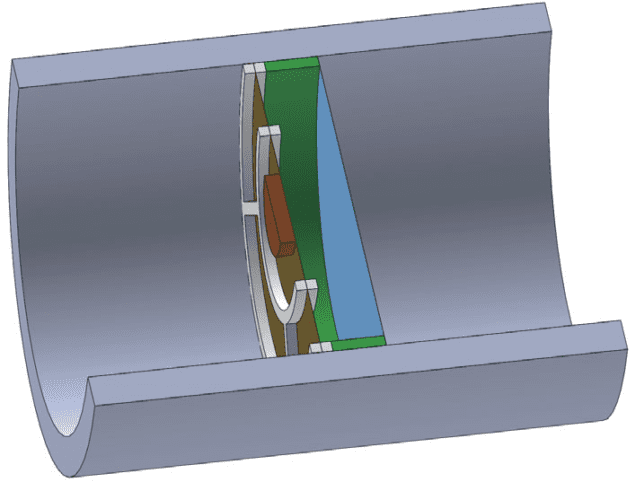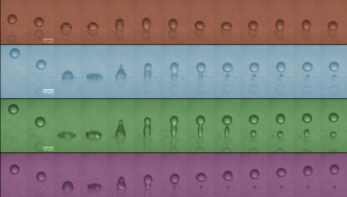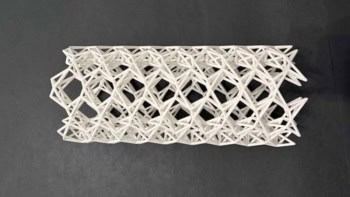
The transmission of sound from water to air has been boosted by a factor of 160 by physicists in Korea and Japan. The feat was accomplished using a new type of “acoustic metasurface” that is significantly thinner than the wavelength of the audio signal that it transmits.
Underwater sound reflects almost completely from the air-water interface, with only about 0.1% of the sound energy emerging into the air. Boosting this transmission could improve communications between air and water and could also make it easier to monitor sounds from underwater geological and environmental sources. Today, such monitoring involves using underwater piezoelectrical transducers, which are about 1000 times less sensitive than capacitor-based microphones used in air.
Reflection occurs because the acoustic impedance of water is about 3600 times greater than air. While maximum transmission requires the impedances to be the same, the amount of sound that gets through can be increased by introducing an intermediate material with an impedance value between that of water and air. However, a material with the right impedance would be very difficult to create. Furthermore, the intermediate layer would need to have a thickness on par with audio wavelengths, which measure in the tens of centimetres.
Loaded membrane
Now, Sam Lee and colleagues at Yonsei University in Korea and Hokkaido University in Japan have created an acoustic metasurface that boosts transmission, yet is much thinner than the wavelength of the sound it transmits. The metasurface is a loaded-membrane resonator – a device that has previously been used to create sound absorbers and systems for harvesting acoustic energy.
The resonator comprises a membrane stretched across a thin cylindrical frame of diameter 24 mm. A 60 mg, 7 mm diameter mass is attached to the centre of the membrane. This loaded membrane is placed inside a cylindrical waveguide with water on one side and air on the other. The weighted membrane operates in the air side of the waveguide and is located a few millimetres from the water, which is on the other side of a second, unweighted membrane (see figure).
When sound waves at about 700 Hz – a midrange audio frequency – strike the double membrane structure, about one third of the acoustic power is transmitted into the air. This is about 160 times the transmission that occurs at a bare water-air interface. Remarkably, the 5 mm thickness of the structure is 100 times thinner than the wavelength of sound in air at 700 Hz.
The acoustic metasurface is described in Physical Review Letters.



